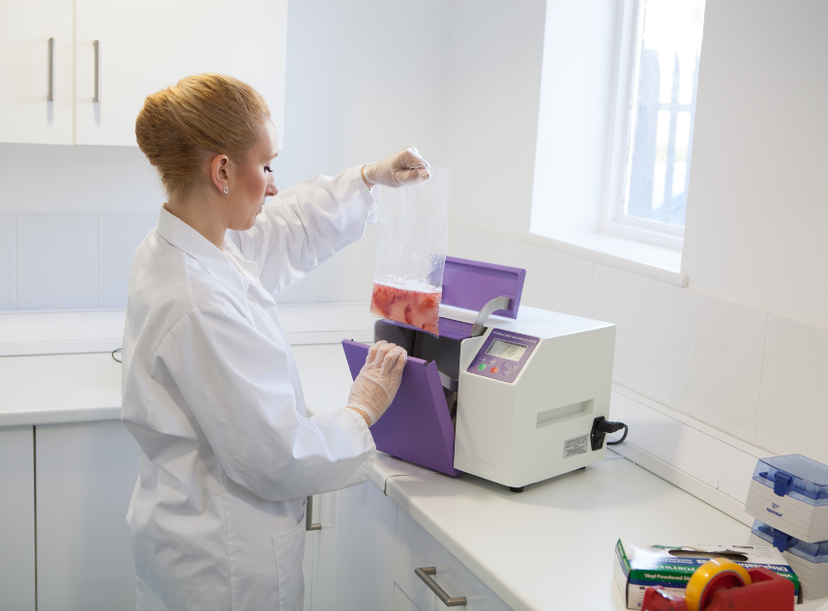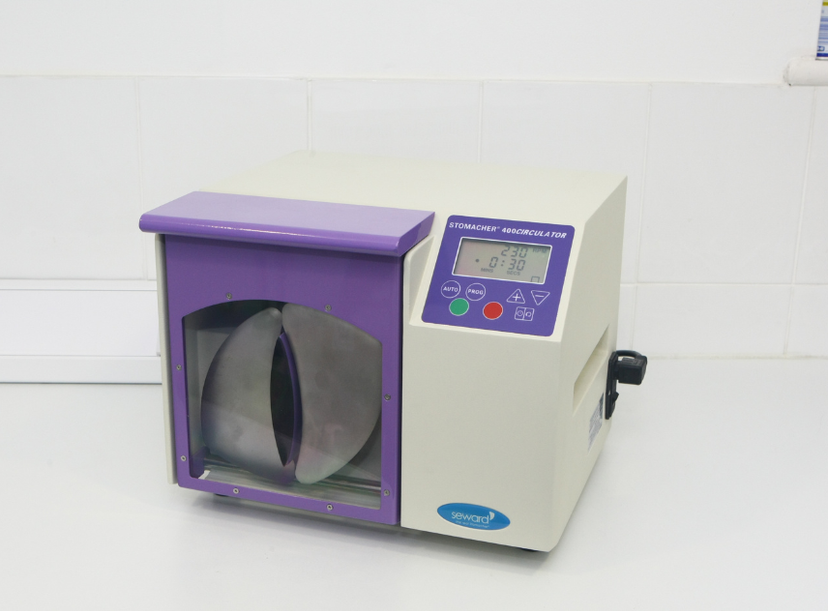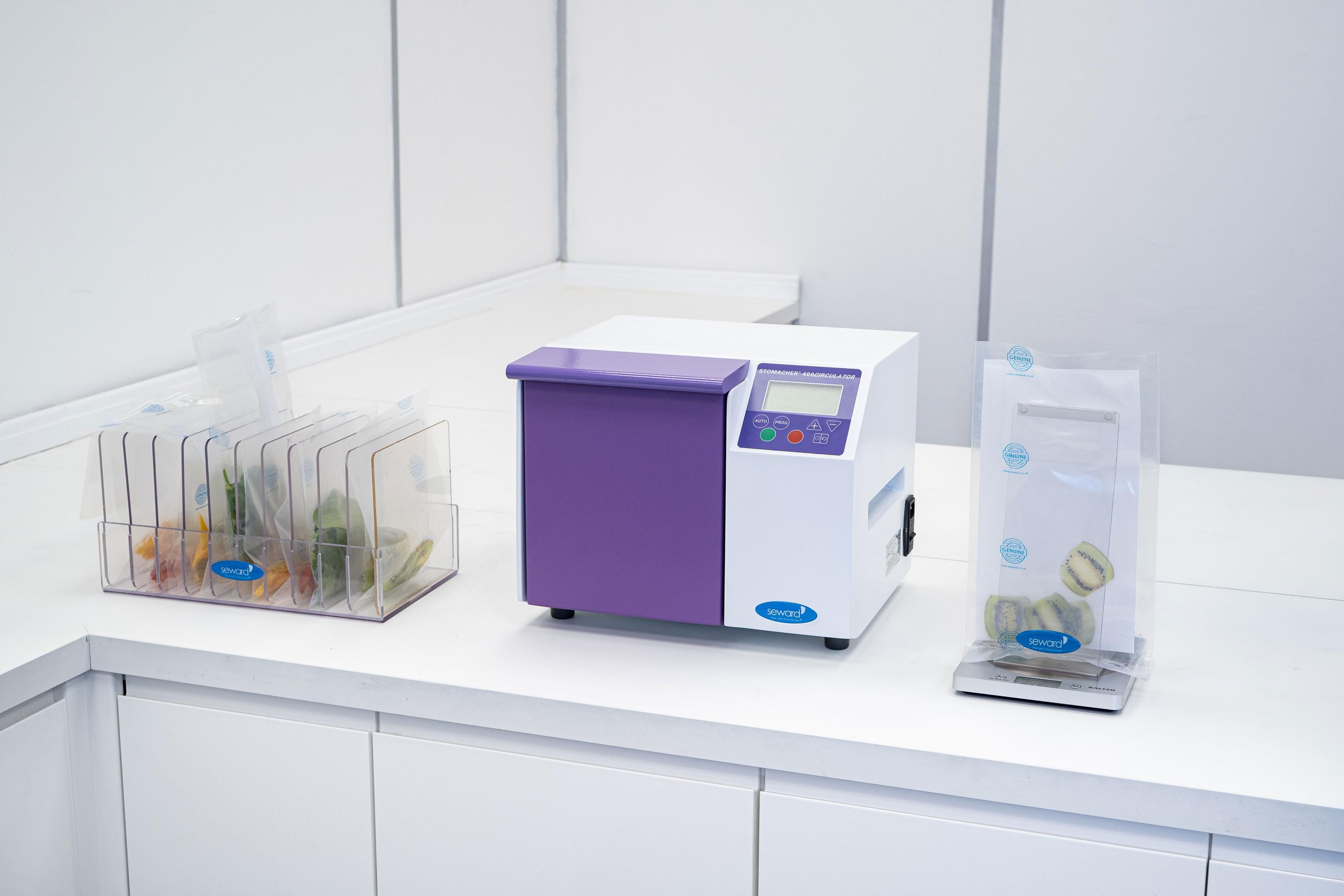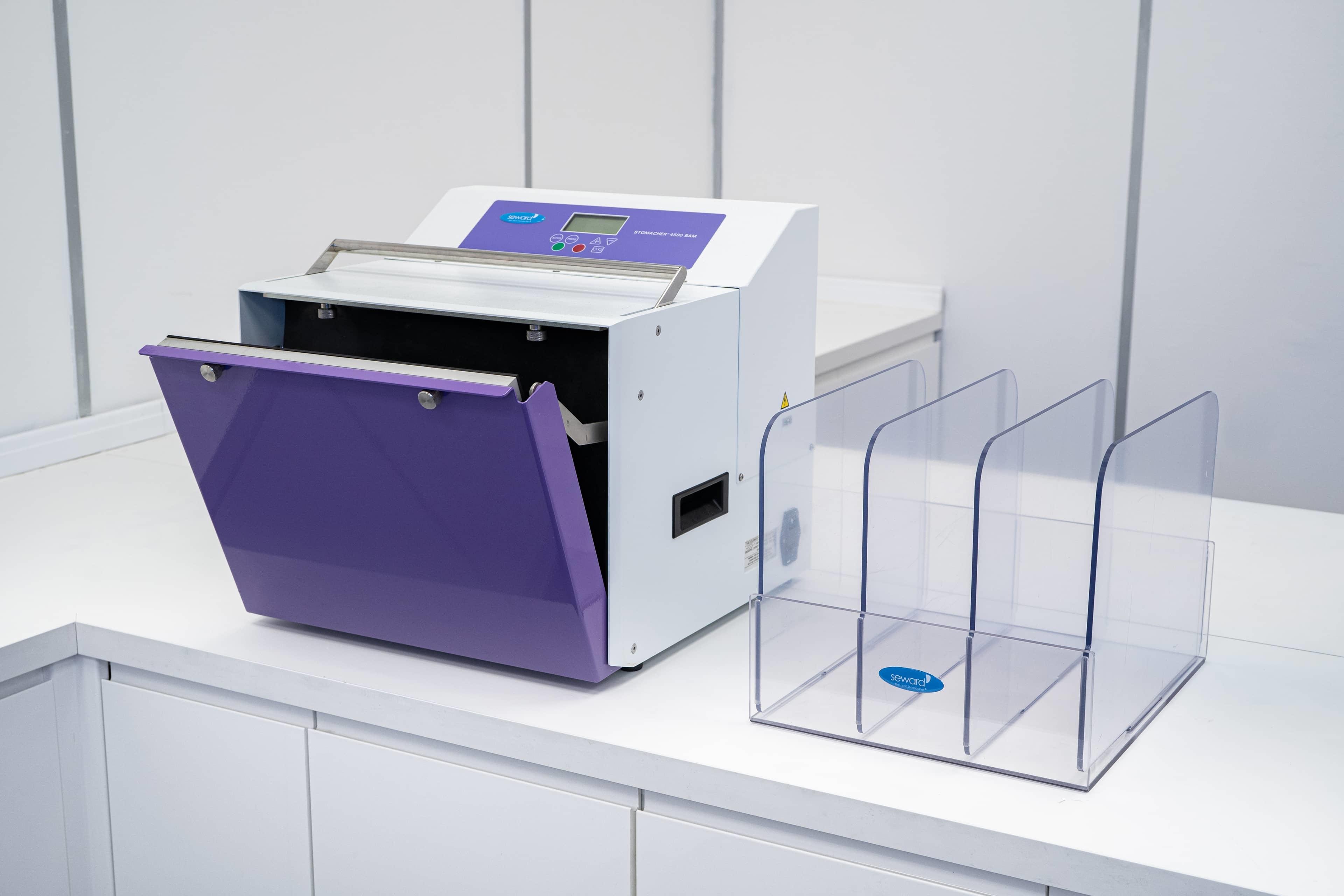Differences in global food safety standards across borders
Explore the key differences between the USA and the EU and UK as non-tariff barriers come under scrutiny
16 Apr 2025
Food safety is a cornerstone of public health policy on both sides of the Atlantic, but the United States and the European Union take notably different approaches when it comes to microbiological standards. While both regions maintain strict controls and robust inspection systems, their regulatory philosophies, microbial criteria, and enforcement mechanisms differ in ways that significantly impact food producers, exporters, and consumers.
In the United States, food safety is primarily overseen by the Food and Drug Administration (FDA) and the United States Department of Agriculture (USDA). The regulatory framework is largely codified in the Code of Federal Regulations (CFR) and follows a risk-based approach — often reacting to emerging threats as data becomes available.
The European Union delegates food safety governance to the European Food Safety Authority (EFSA), working alongside national authorities in each member state. The EU follows the precautionary principle, placing emphasis on preventing risks before they materialise, and enforces a more harmonized, proactive framework via EU-wide Regulations and Directives. The UK Food Standards Agency approach shadows the EU approach in order to avoid non-tariff barriers.
One of the most critical areas of difference lies in the microbiological criteria applied to food products. For example, in the USA, there is a zero-tolerance policy for Listeria monocytogenes in ready-to-eat (RTE) foods — any presence is considered unacceptable.
In the EU, Listeria monocytogenes is permitted at levels up to 100 colony-forming units per gram (CFU/g) in RTE foods that do not support the growth of the organism before consumption.
For Salmonella, both regions impose zero-tolerance standards in high-risk products like meat, eggs, and infant formula. However, the USA focuses more broadly on this pathogen in poultry and processed foods.
The EU typically uses more quantitative microbiological limits across a range of organisms, including Enterobacteriaceae, E. coli, and general colony counts, as outlined in Regulation (EC) No 2073/2005.
Sampling protocols also differ in structure and application. The USA often employs simplified sampling plans such as n=5 testing for pathogens in high-risk foods. Final product testing is a key focus, especially in higher-risk categories.
In contrast, the EU uses a more complex n, c, m, M system (based on ISO standards) that accounts for both process hygiene criteria and food safety criteria. This system encourages routine monitoring throughout production, not just at the endpoint.
Environmental monitoring is important in both regions. In the US, FDA guidance stresses environmental controls—particularly for Listeria in RTE processing environments. In the EU, environmental monitoring is required under general hygiene rules, but implementation varies by member state.
Hazard Analysis and Critical Control Points (HACCP) is mandatory across the entire food industry in the EU, whereas in the USA it is required for seafood, juice, meat, and poultry, but remains voluntary for many other food sectors. Traceability also differs.
The EU enforces full traceability under Regulation (EC) No 178/2002, mandating the ability to trace food "one step forward and one step back" in the supply chain. The USA's traceability requirements are generally less stringent, though evolving through initiatives like the FDA’s New Era of Smarter Food Safety.
The USDA sets explicit pathogen reduction performance standards for organisms like Salmonella and Campylobacter in meat products, whereas the EU does not mandate such targets, instead using risk assessments to guide control measures.
Both jurisdictions employ inspections, audits, and recall systems, but with varying levels of coordination. In the USA, enforcement can lead to seizures, injunctions, or criminal charges, particularly for repeat offenders or severe violations.
The EU relies on national enforcement agencies and coordinates recalls via the Rapid Alert System for Food and Feed (RASFF). Penalties typically involve product withdrawal and financial penalties, which differ between member states.
Despite their differences, both the USA and EU are aligned in their ultimate goal: to protect consumers and uphold the integrity of the food supply. The USA’s risk-based and enforcement-heavy model contrasts with the EU’s preventive and precautionary philosophy. For food businesses operating internationally, understanding these nuances is vital for compliance, market access, and maintaining consumer trust.

Stomacher® 400 Circulator
Microbiological methodology and the tools used remain closely aligned. The Stomacher® 400 Circulator for TVC and pathogen sample preparation remain the same. Seward makes one product specifically for the US market, which is the Stomacher® 4500 BAM. This is a large machine that can accommodate the pooled sample technique of 15 x 25 g of food in 3375 mL of buffer. This can be used for low-risk products to increase the effective number of samples tested. This method has been adopted in several places beyond the USA.
Whether you are exporting cooked meats from Europe to the US, or supplying dairy from the US to the EU, aligning with each region’s microbiological standards is not just a regulatory necessity — it is a commitment to quality and safety. If food safety becomes a non-tariff barrier to international trade it may become necessary to compare outcomes rather than strategies and leave the decision to purchase to the consumer.
Want the latest science news straight to your inbox? Become a SelectScience member for free today>>


